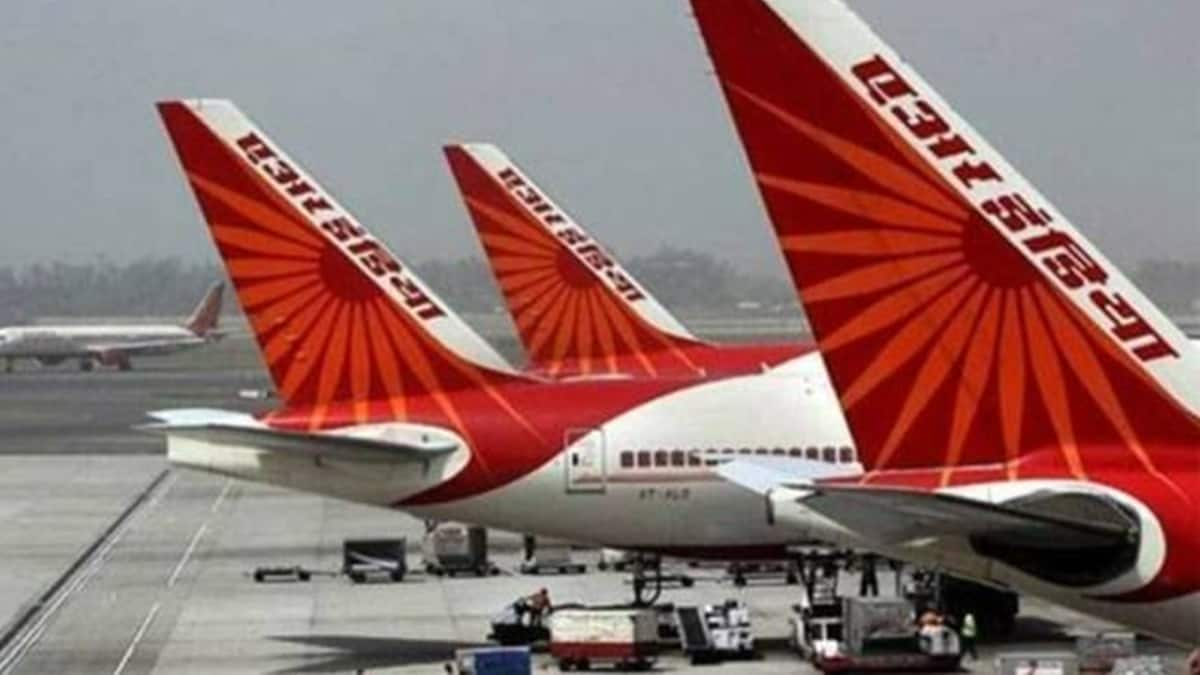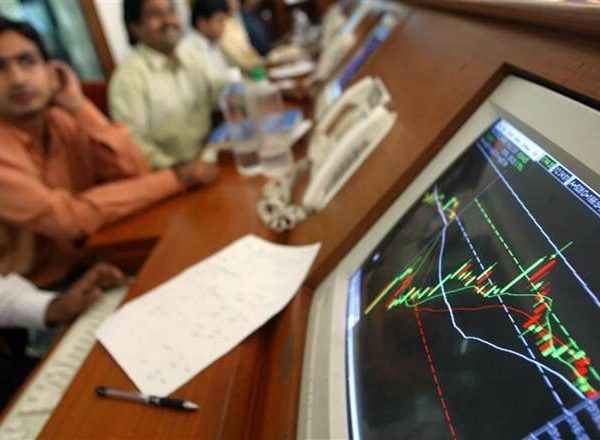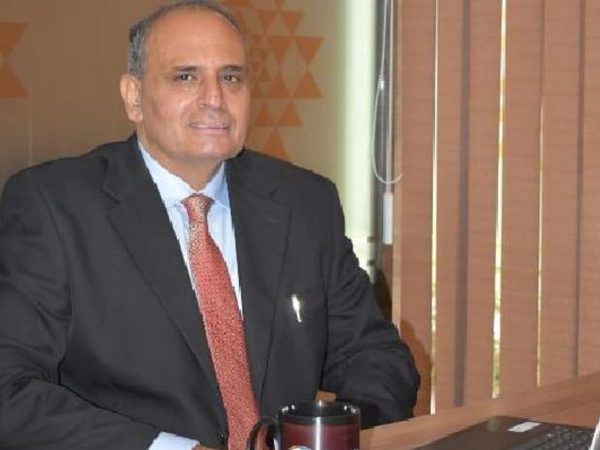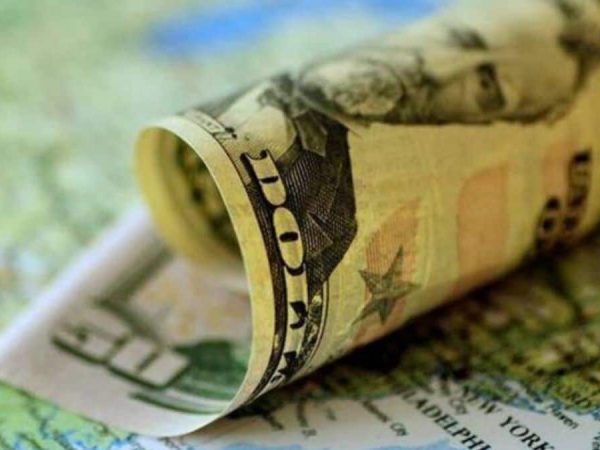After Air India deal, Rolls Royce open to MRO facility in India
As Air India prepares to induct its first wide-body plane, to be powered by Rolls-Royce engines, the British company would be open to considering an MRO (maintenance, repair and overhaul) centreinthecountry.
Speaking to FE, Kishore Jayaraman, president – India and South Asia, Rolls-Royce India, said, the company was open to the idea of MRO, but added it was a question of volume and scale. “These are very expensive propositions and it is not like you put up an MRO in every country,” he said.
In February, Rolls-Royce announced an order from Air India for 68 Trent XWB-97 engines, plus options for 20 more, powering the Airbus A350-1000. The Tata-controlled airline also ordered 12 Trent XWB-84 engines, the sole engine option for the Airbus A350-900.
“The 100-engine order is sizable. It is just the beginning. We believe the India wide-body market has a lot of headroom to grow,” Jayaraman said. This is the first time that an Indian airline has ordered the Trent XWB and the deal will make Air India the largest operator of the Trent XWB-97 in the world. Air India has placed orders for 34 A350-1000 and 6 A350-900 wide-body jets with Airbus. This will be the first time that an A350 commercial jet will be operated by an Indian airline.
“We are working closely with Air India to fully support the arrival of their new A350-900 aircraft. We will of course support the airline on ground in Delhi, providing engine monitoring support,” Jayaraman said.
While Airbus was earlier tipped to deliver six A350s to Air India by December, only the first one is set to join the carrier’s fleet by then, while the rest will follow in early 2024.
“Engines need to undergo rigorous maintenance procedures. As engine makers, we have to have a very solid relationship with Air India as we go forward,” Jayaraman said.
Typically, an aircraft engine needs to have maintenance over its lifecycle, which is 20 years. Rolls-Royce’s Bengaluru engineering centre played a vital role in designing the XWB engines. Rolls Royce has 2,500 engineers in India which is a five-fold growth in 10 years. It works on civil and defence aerospaceprojects.










Recent Comments